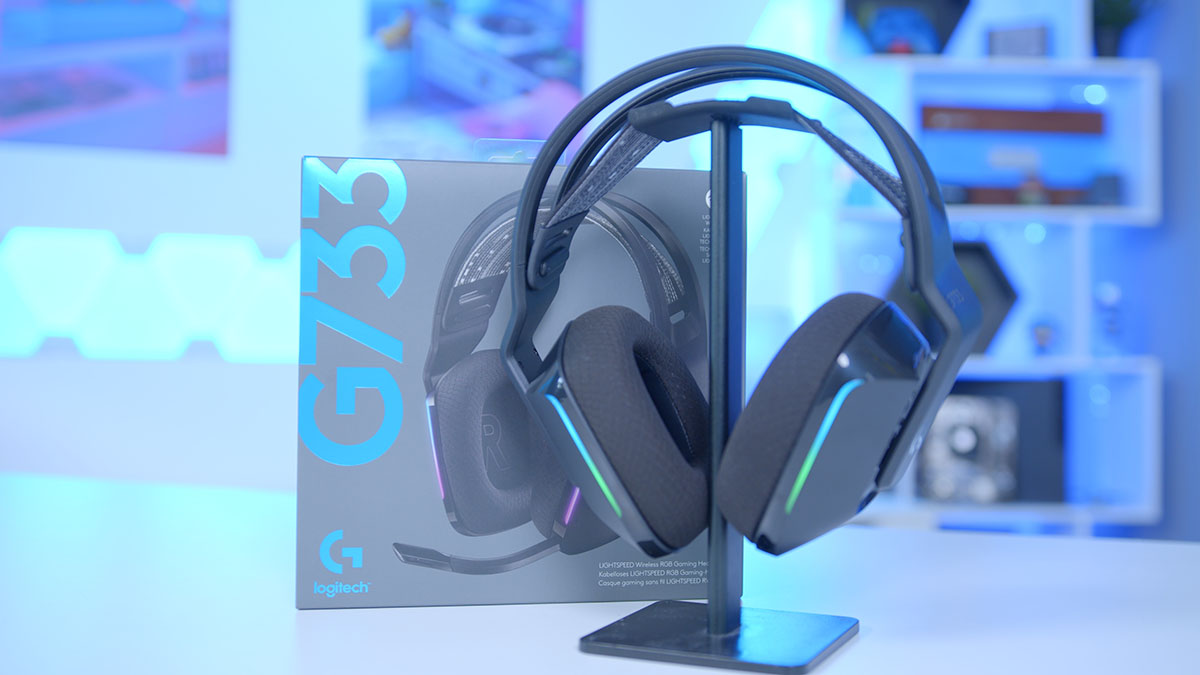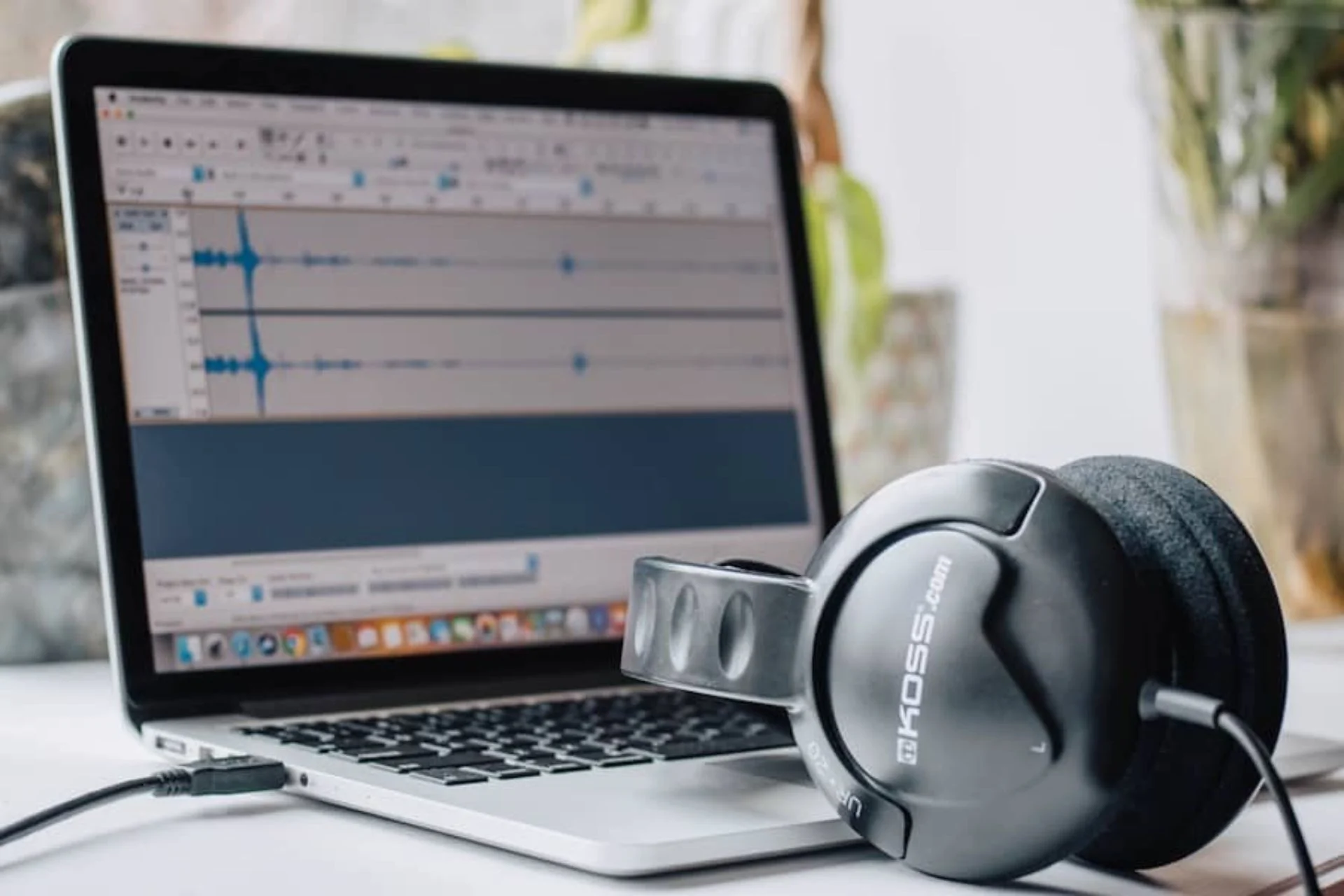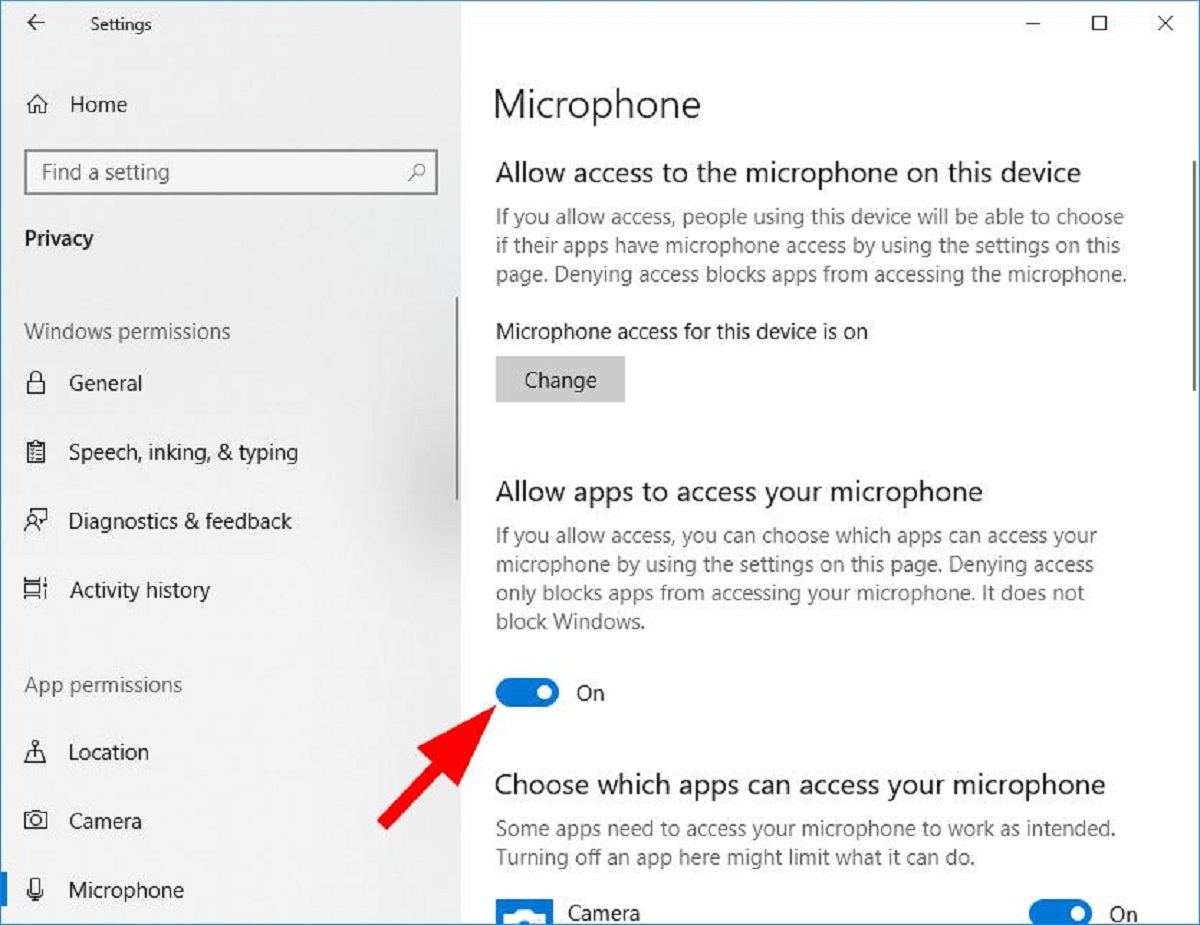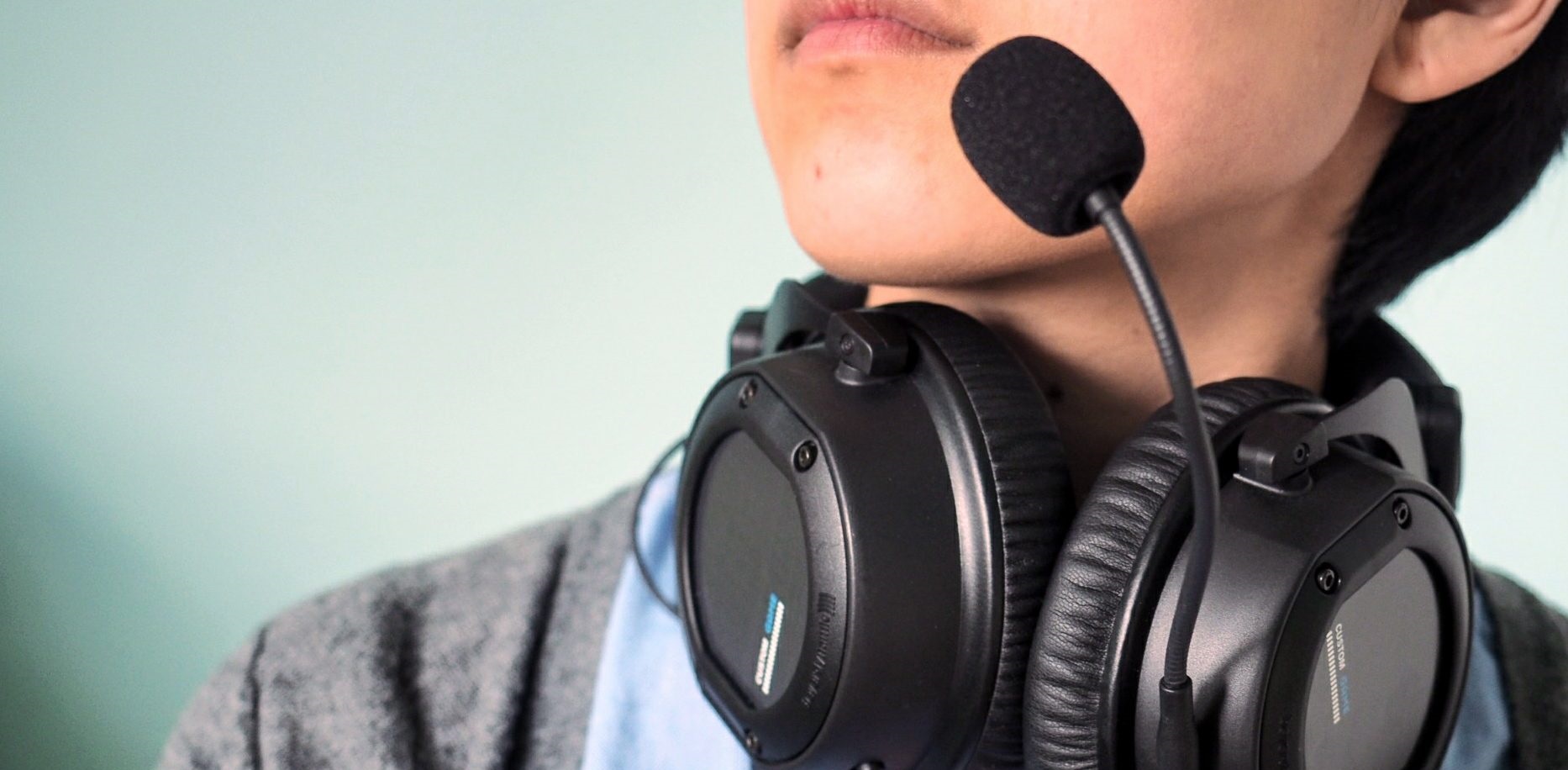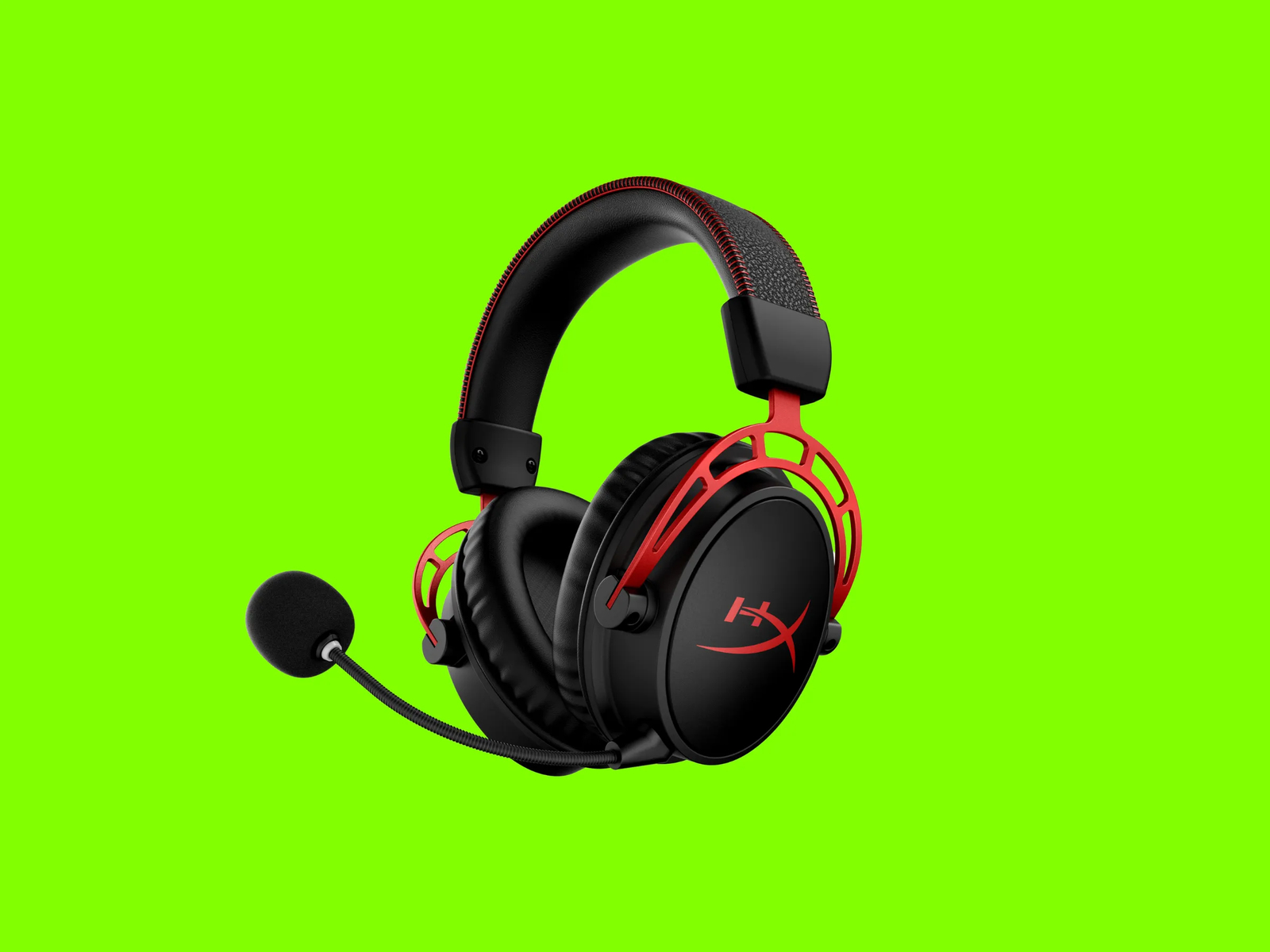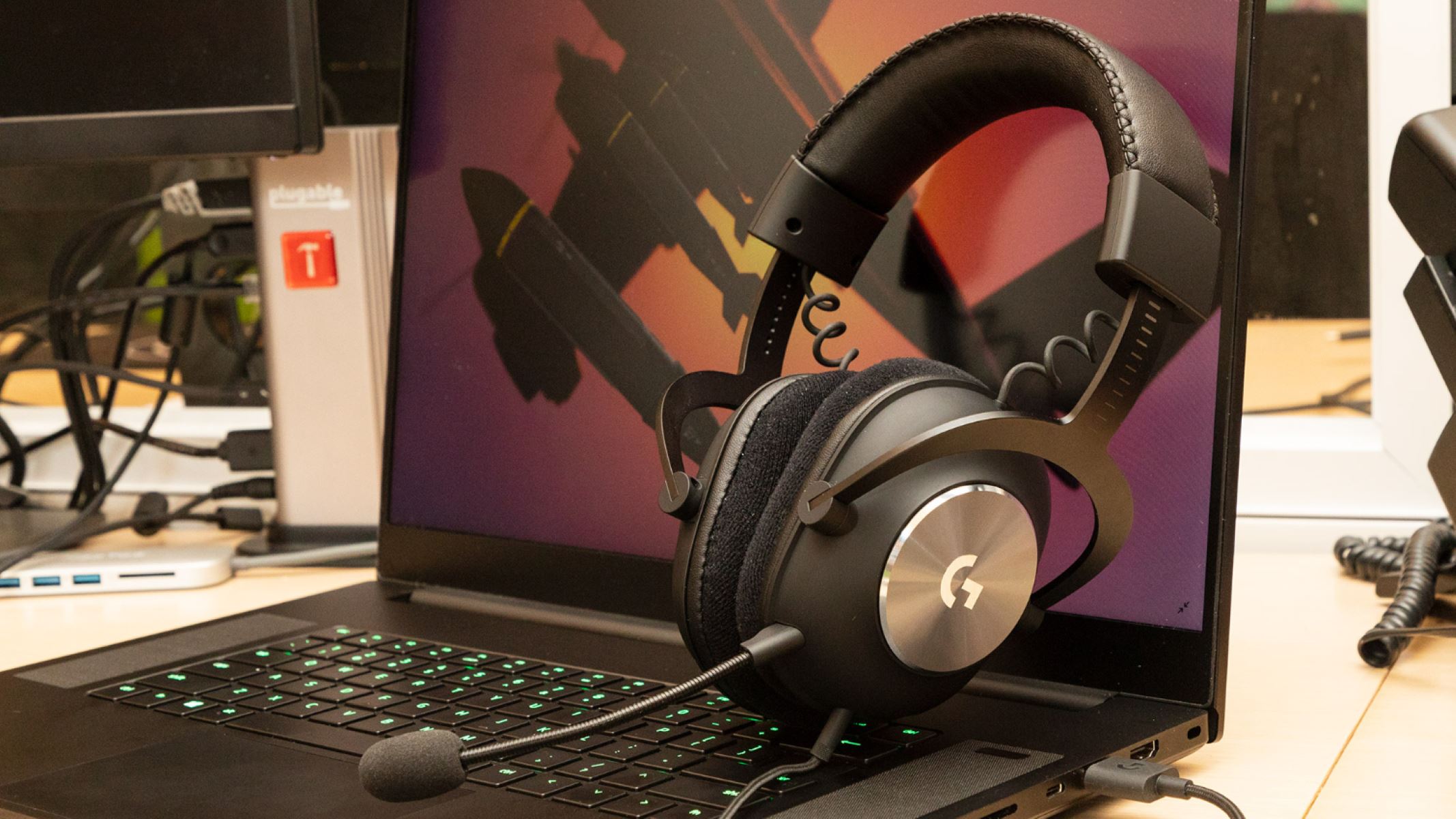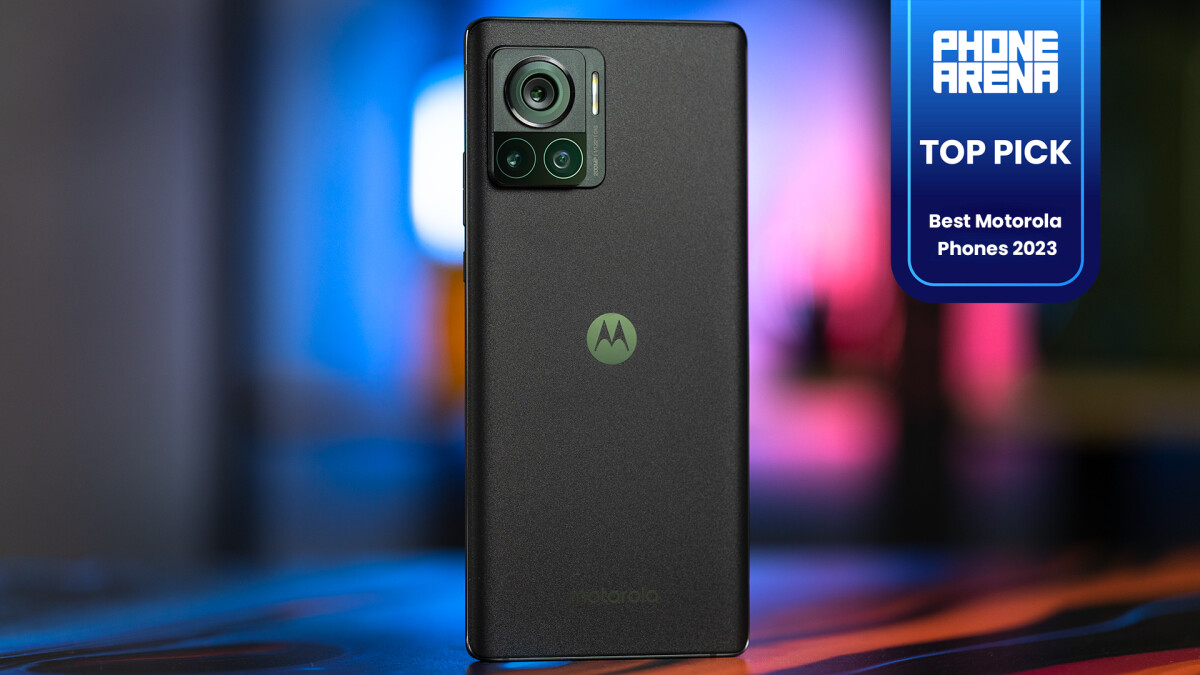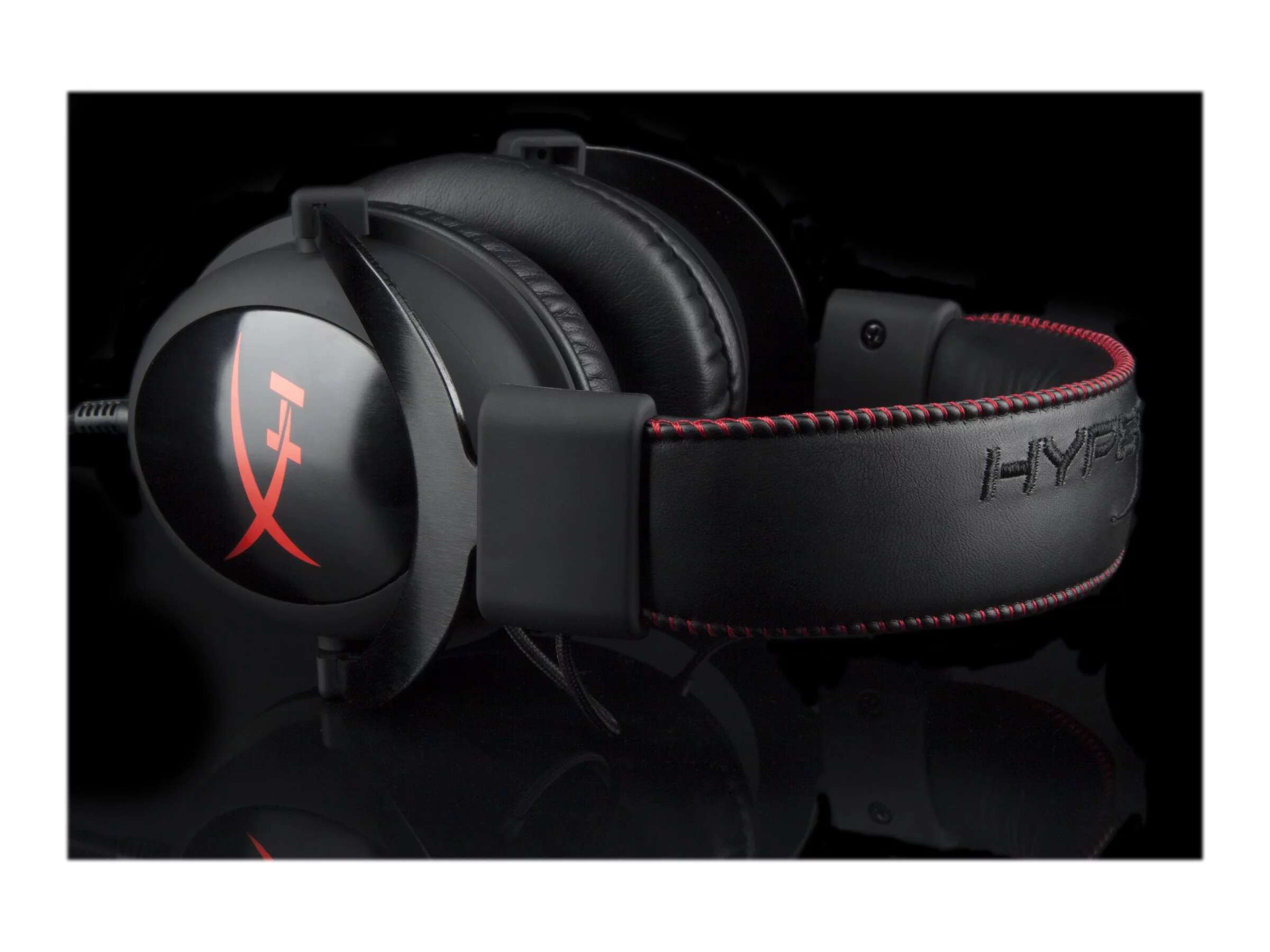Choosing the Right Microphone
Selecting the right microphone is crucial for enhancing the sound quality of your headset mic. With a myriad of options available, it's essential to consider the specific features that will best suit your needs. Here are some key factors to keep in mind when choosing the right microphone:
-
Microphone Type: Determine whether you need a condenser, dynamic, or electret microphone. Condenser microphones are known for their sensitivity and high-quality sound capture, making them ideal for studio recordings and professional use. Dynamic microphones, on the other hand, are rugged and versatile, making them suitable for live performances and general-purpose applications. Electret microphones are commonly found in headsets and portable devices, offering a good balance between sensitivity and durability.
-
Polar Pattern: Consider the polar pattern of the microphone, which determines the directionality of sound capture. For headset microphones, a unidirectional or cardioid polar pattern is often preferred, as it effectively captures sound from the front while minimizing background noise.
-
Frequency Response: Look for a microphone with a wide frequency response range to ensure that it can accurately capture both low and high-frequency sounds. This is particularly important for capturing the nuances of speech and vocals.
-
Sensitivity and Impedance: Pay attention to the microphone's sensitivity and impedance ratings. A higher sensitivity level ensures that the microphone can capture sound with clarity, while the impedance rating should be compatible with your recording or communication device.
-
Build Quality and Comfort: If you're selecting a headset microphone, consider the build quality and comfort of the headset itself. Look for features such as adjustable boom arms, cushioned ear cups, and lightweight materials to ensure a comfortable fit during extended use.
By carefully considering these factors, you can choose a microphone that is tailored to your specific needs, whether it's for professional recording, gaming, virtual meetings, or content creation. The right microphone can significantly enhance the overall sound quality and user experience, allowing you to communicate and create content with clarity and precision.
Adjusting Mic Position and Distance
The positioning and distance of your headset microphone play a pivotal role in determining the clarity and quality of audio capture. By making precise adjustments to the mic's position and distance from your mouth, you can significantly enhance the sound output. Here's a detailed look at the crucial aspects of adjusting mic position and distance:
Positioning for Optimal Sound Capture
When using a headset mic, positioning it correctly is essential for achieving clear and natural-sounding audio. The microphone's boom arm should be adjusted to position the mic capsule near the corner of your mouth, approximately one to two finger-widths away. This positioning ensures that the mic captures your voice effectively while minimizing the intake of unnecessary background noise.
Furthermore, it's important to maintain a consistent distance between the microphone and your mouth to ensure a balanced sound output. Avoid positioning the mic too close, as it may result in distorted audio, while placing it too far away can lead to a loss of clarity and volume.
Distance and Vocal Dynamics
Understanding the ideal distance between the microphone and your mouth is crucial for maintaining consistent vocal dynamics. By maintaining a consistent distance, you can ensure that your voice is captured with uniform clarity and volume, regardless of fluctuations in speaking intensity.
For dynamic vocal performances, such as podcasting or gaming commentary, maintaining an optimal distance from the microphone allows for natural variations in voice intensity without compromising the overall sound quality. This ensures that whispers are captured as effectively as louder speech, contributing to a more engaging and immersive listening experience for your audience.
Minimizing Plosives and Sibilance
Proper mic positioning and distance also help in minimizing plosives (popping sounds) and sibilance (hissing sounds) in vocal recordings. Placing the microphone at an appropriate distance and angle helps to mitigate the impact of plosives caused by bursts of air during speech, resulting in a cleaner and more professional sound output.
Additionally, maintaining an optimal distance reduces the prominence of sibilant sounds, allowing the microphone to capture speech with balanced clarity and smoothness. While plosives and sibilance can be further addressed through the use of pop filters and windshields, precise mic positioning serves as the initial line of defense against these audio artifacts.
By paying close attention to mic positioning and distance, you can optimize the performance of your headset microphone, ensuring that it consistently delivers clear, natural, and professional-grade audio capture. These adjustments are fundamental in enhancing the overall sound quality, whether you're engaging in virtual meetings, content creation, or gaming experiences.
Using a Pop Filter or Windscreen
When it comes to refining the sound quality of your headset microphone, incorporating a pop filter or windscreen can make a substantial difference in the clarity and professionalism of your audio recordings. These accessories are specifically designed to address common audio artifacts, such as plosives and wind noise, resulting in a more polished and refined sound output.
Pop Filter: Mitigating Plosives and Vocal Artifacts
A pop filter, also known as a pop shield or pop screen, is a simple yet effective tool for minimizing plosive sounds that often occur during vocal recordings. Plosives are the bursts of air that result from pronouncing certain consonants, such as "p" and "b," which can create disruptive popping sounds when captured by the microphone. The pop filter acts as a barrier between the microphone and the speaker, diffusing the impact of these bursts of air and preventing them from reaching the microphone capsule directly.
By positioning the pop filter between the speaker and the microphone, the airflow from vocal articulation is dispersed, reducing the intensity of plosive sounds and ensuring a smoother, more consistent audio capture. This results in a cleaner and more professional sound quality, particularly beneficial for vocal recordings, podcasting, voiceovers, and live streaming.
Windscreen: Taming Wind Noise and Environmental Disturbances
In outdoor or open-space environments, wind noise and environmental disturbances can significantly impact the quality of audio recordings. A windscreen, often made of foam or synthetic materials, serves as a protective layer around the microphone capsule, effectively minimizing the intrusion of wind-induced noise and other environmental interferences. By diffusing the force of incoming air, the windscreen mitigates the impact of gusts and breezes, allowing the microphone to capture clear and undistorted audio, even in challenging outdoor conditions.
Additionally, a windscreen provides a degree of protection against dust, moisture, and vocal spray, safeguarding the microphone from potential damage and ensuring consistent performance in various recording environments. Whether you're recording outdoor interviews, vlogs, or field recordings, a windscreen is an invaluable accessory for maintaining audio clarity and professionalism.
By incorporating a pop filter or windscreen, you can elevate the sound quality of your headset microphone, addressing common audio challenges and enhancing the overall clarity and refinement of your recordings. These accessories serve as essential tools for achieving professional-grade audio capture, allowing you to deliver polished and engaging content across diverse recording scenarios.
Adjusting Mic Settings on Your Device
Optimizing the mic settings on your device is a fundamental step in maximizing the performance and sound quality of your headset microphone. Whether you're engaging in virtual meetings, gaming, or content creation, fine-tuning the mic settings can significantly enhance the clarity, balance, and overall impact of your audio output.
Input Volume and Gain Control
One of the primary mic settings to adjust is the input volume or gain control. This setting determines the sensitivity of the microphone, regulating the level of audio input it captures. When setting the input volume, it's essential to strike a balance that allows the microphone to capture clear and robust audio without introducing unwanted distortion or noise. Adjust the input volume to optimize the signal-to-noise ratio, ensuring that the microphone captures your voice with precision while minimizing background noise.
Microphone Sensitivity and Equalization
Many devices offer options to adjust the microphone sensitivity and equalization settings. Sensitivity adjustments allow you to fine-tune the mic's responsiveness to sound, accommodating different vocal dynamics and ambient noise levels. By customizing the sensitivity, you can tailor the microphone's performance to suit your specific recording or communication needs, ensuring consistent and reliable audio capture.
Equalization settings enable you to enhance the tonal balance and character of the captured audio. With the ability to adjust bass, midrange, and treble frequencies, you can refine the overall sound profile, emphasizing vocal clarity and minimizing unwanted resonances or frequency imbalances. By experimenting with the equalization settings, you can achieve a more polished and articulate sound output that resonates with your audience.
Noise Suppression and Ambient Sound Control
Modern devices often feature noise suppression and ambient sound control options, which can significantly improve the overall audio quality. Noise suppression algorithms work to identify and reduce background noise, such as hums, hisses, and environmental disturbances, resulting in cleaner and more focused audio capture. By activating or adjusting the noise suppression settings, you can create a more immersive and distraction-free listening experience for your audience.
Ambient sound control settings allow you to manage the pickup of surrounding environmental noise, providing the flexibility to tailor the microphone's focus and directionality. This feature is particularly valuable for eliminating unwanted distractions during virtual meetings, live streaming, or gaming, ensuring that the microphone prioritizes your voice while minimizing external disturbances.
Monitoring and Feedback Control
Some devices offer monitoring and feedback control options, allowing you to monitor the captured audio in real-time and address potential feedback issues. Monitoring the microphone input enables you to assess the sound quality and make on-the-fly adjustments to the mic settings, ensuring optimal performance throughout your recording or communication session. Additionally, feedback control features help prevent audio feedback loops, enhancing the stability and clarity of your audio output.
By leveraging these mic settings on your device, you can tailor the performance of your headset microphone to align with your specific preferences and requirements. Whether you're seeking to enhance vocal clarity, minimize background noise, or optimize the tonal balance of your audio, adjusting the mic settings empowers you to achieve professional-grade sound quality across diverse recording and communication scenarios.
Improving Sound Quality with Post-Processing Techniques
Post-processing techniques play a pivotal role in refining the sound quality of audio recordings captured through headset microphones. By leveraging digital audio editing tools and software, individuals can enhance the clarity, balance, and overall impact of their recorded audio, elevating it to professional-grade standards. Here's a detailed exploration of the post-processing techniques that can significantly improve the sound quality of headset microphone recordings:
Noise Reduction and Removal
One of the primary challenges in audio recordings is the presence of unwanted background noise, which can detract from the clarity and professionalism of the captured audio. Post-processing tools offer advanced noise reduction and removal capabilities, allowing users to identify and eliminate background hums, hisses, and environmental disturbances. By applying noise reduction algorithms and spectral editing techniques, individuals can effectively clean up their audio recordings, resulting in a more focused and immersive listening experience.
Equalization and Frequency Balancing
Equalization, commonly referred to as EQ, is a fundamental post-processing tool for refining the tonal balance and character of audio recordings. With EQ, individuals can adjust the levels of bass, midrange, and treble frequencies, sculpting the overall sound profile to emphasize vocal clarity and minimize frequency imbalances. By fine-tuning the frequency response of the recorded audio, users can achieve a more articulate and polished sound output that resonates with their audience.
Compression and Dynamics Processing
Compression and dynamics processing techniques are instrumental in controlling the dynamic range and consistency of audio recordings. By applying compression, individuals can smooth out the variations in vocal intensity, ensuring a more uniform and balanced audio output. Additionally, dynamics processing tools enable users to enhance the presence and impact of their recorded audio, making it more engaging and expressive without compromising clarity or naturalness.
Reverb and Spatial Enhancement
Post-processing tools offer reverb and spatial enhancement features that allow users to create a sense of space and depth within their audio recordings. By applying subtle reverb effects and spatial processing, individuals can imbue their recordings with a natural and immersive sonic environment, enhancing the overall richness and dimension of the audio. These techniques are particularly valuable for creating a captivating and enveloping listening experience across various content genres.
De-Essing and Vocal Enhancement
De-essing tools are designed to address sibilance and harsh vocal artifacts that may be present in audio recordings. By utilizing de-essing techniques, individuals can mitigate the prominence of sibilant sounds, ensuring a smoother and more balanced vocal delivery. Furthermore, vocal enhancement tools offer capabilities for refining vocal clarity, presence, and warmth, allowing users to elevate the overall impact and professionalism of their recorded speech and vocals.
By incorporating these post-processing techniques, individuals can significantly improve the sound quality of their headset microphone recordings, transforming them into refined and professional-grade audio outputs. Whether used for podcasting, content creation, voiceovers, or virtual meetings, these techniques empower users to deliver captivating and polished audio content that resonates with their audience, ultimately enhancing the overall communication and listening experience.









